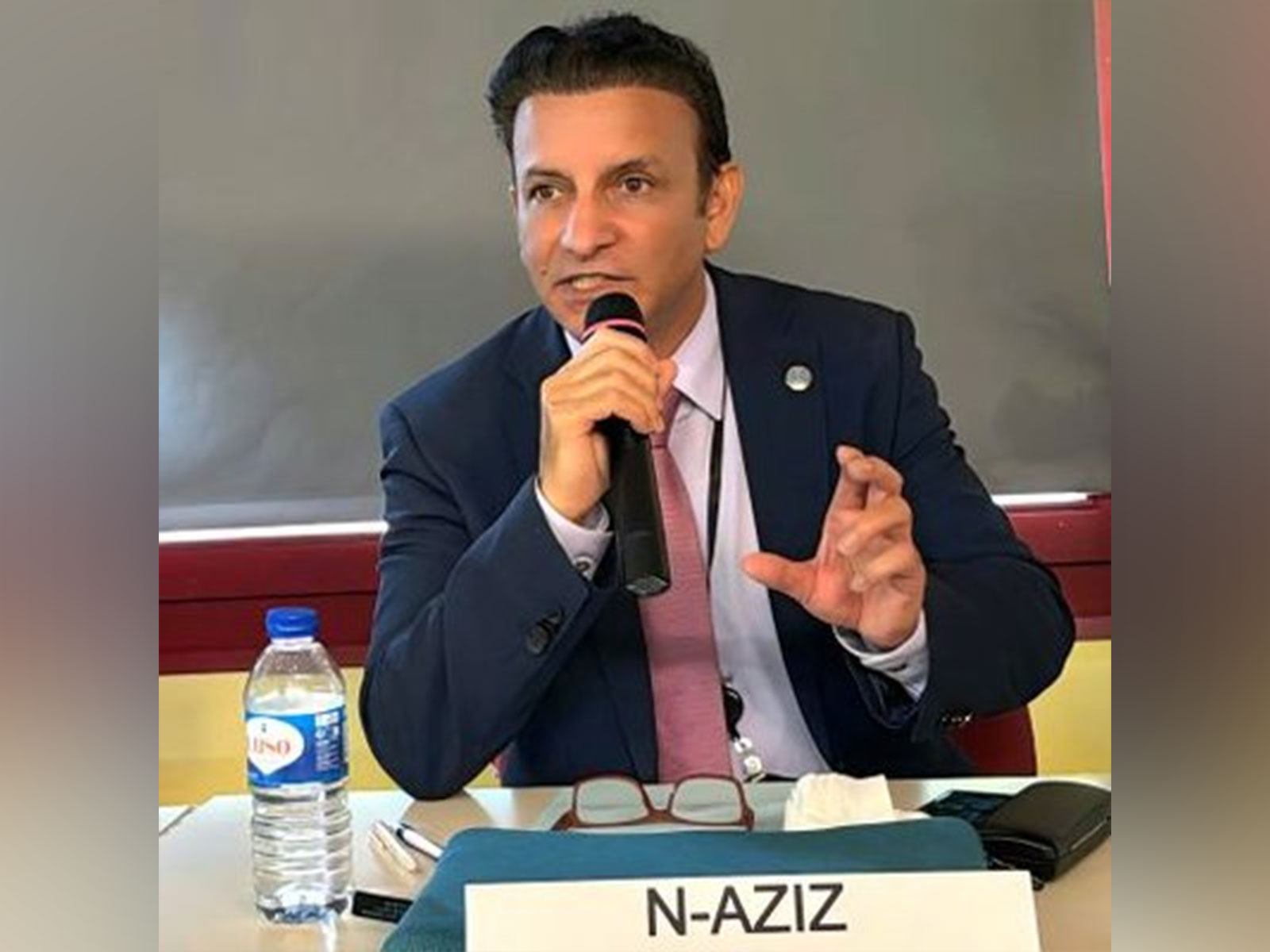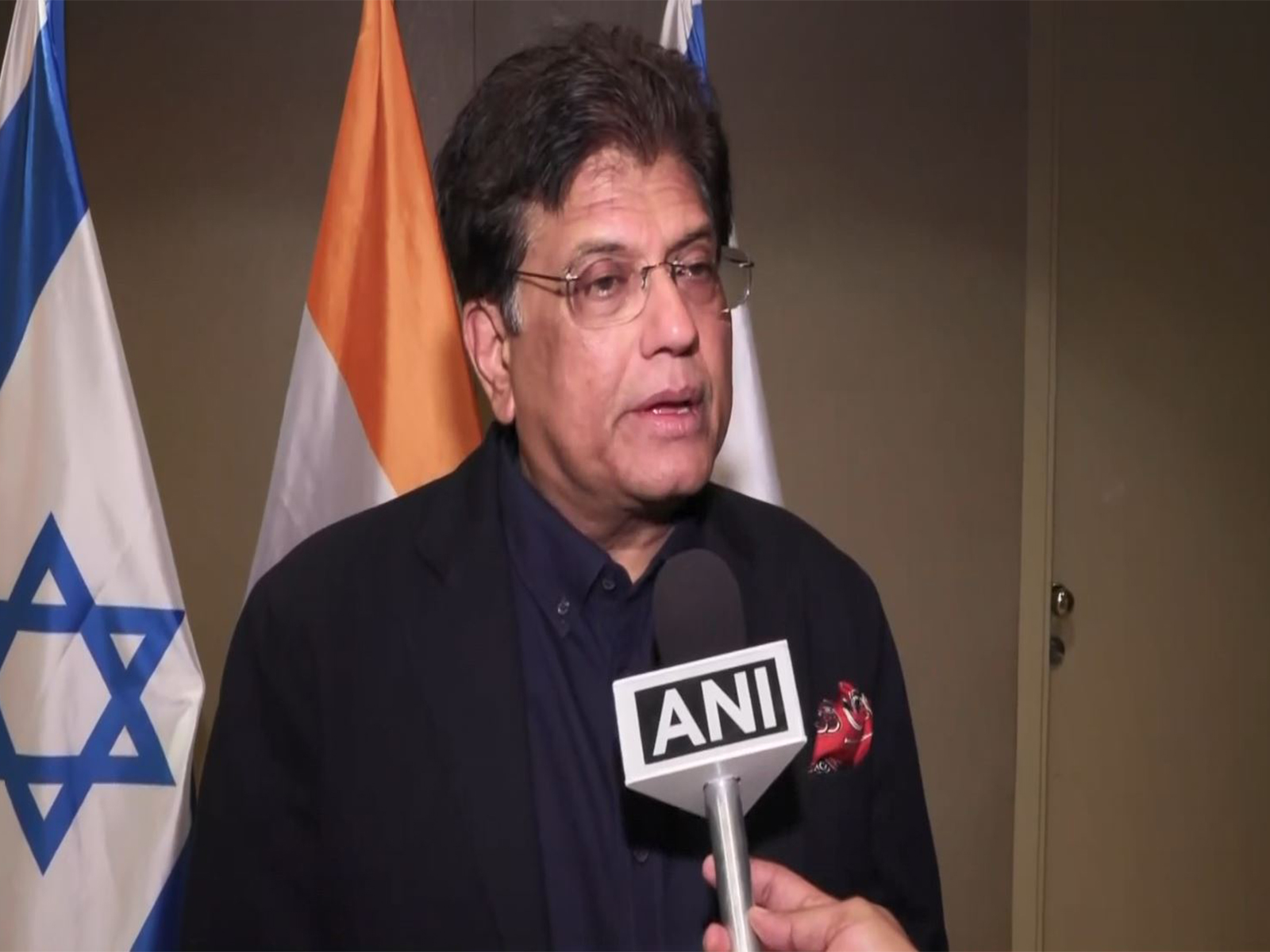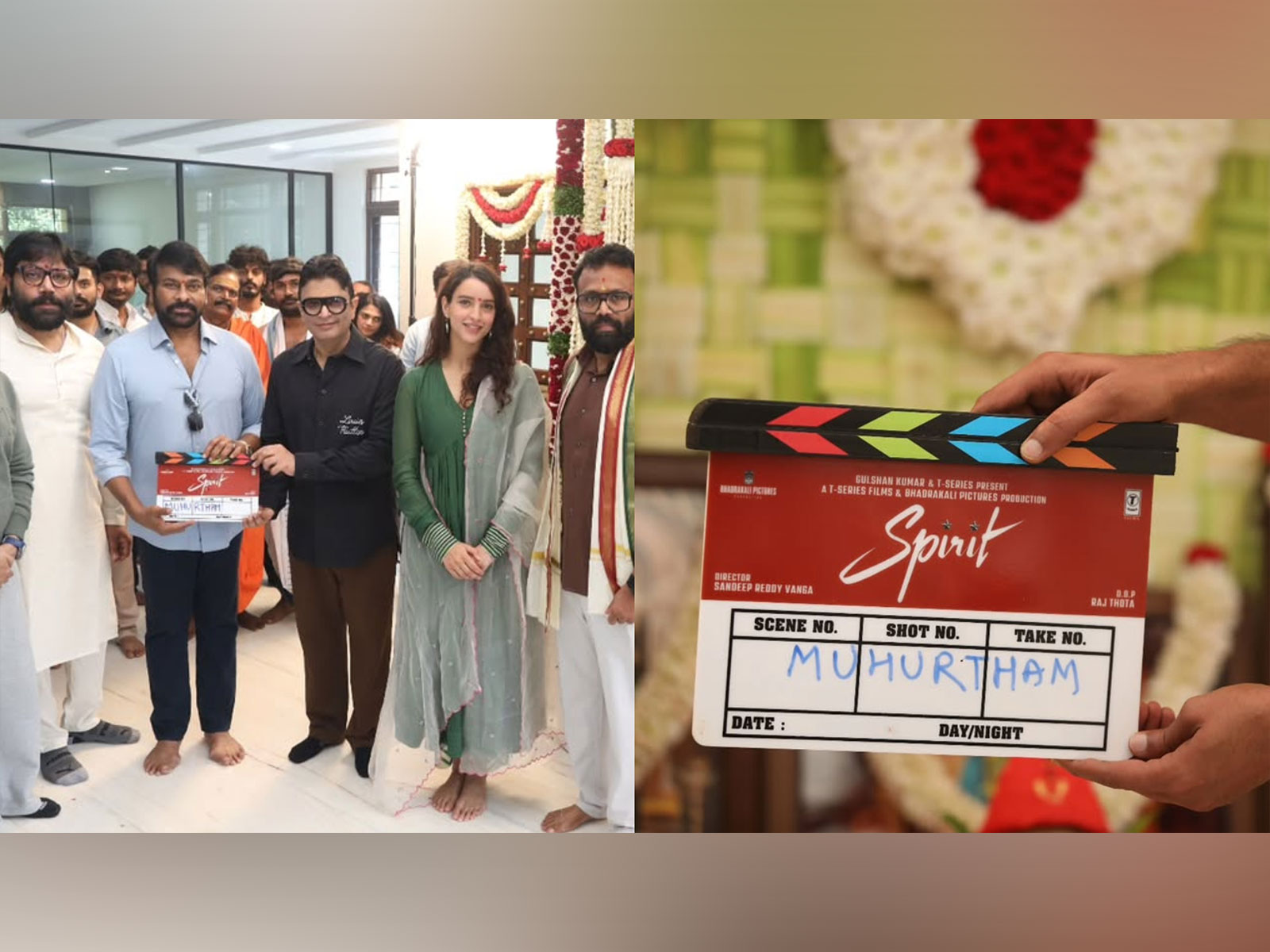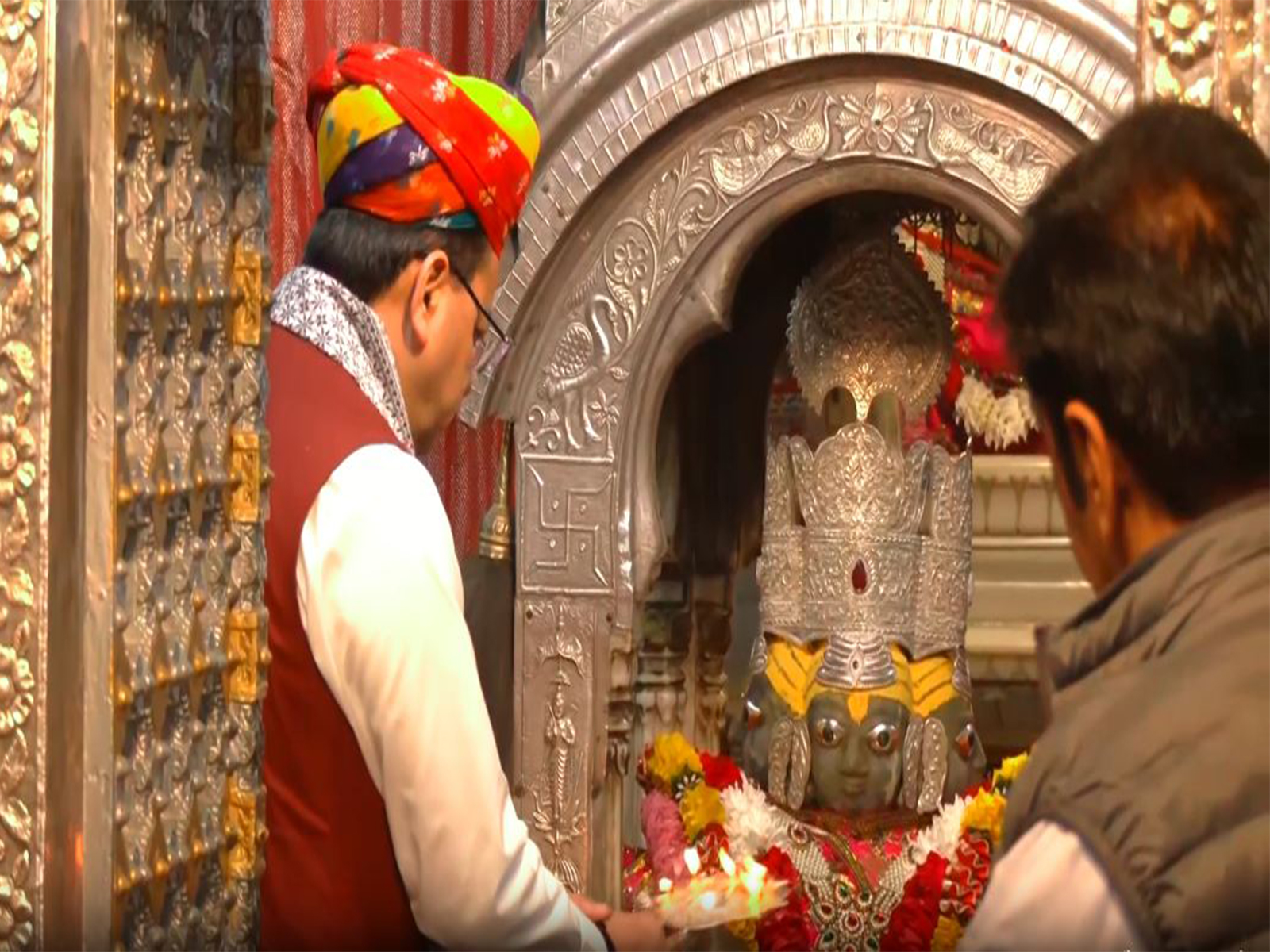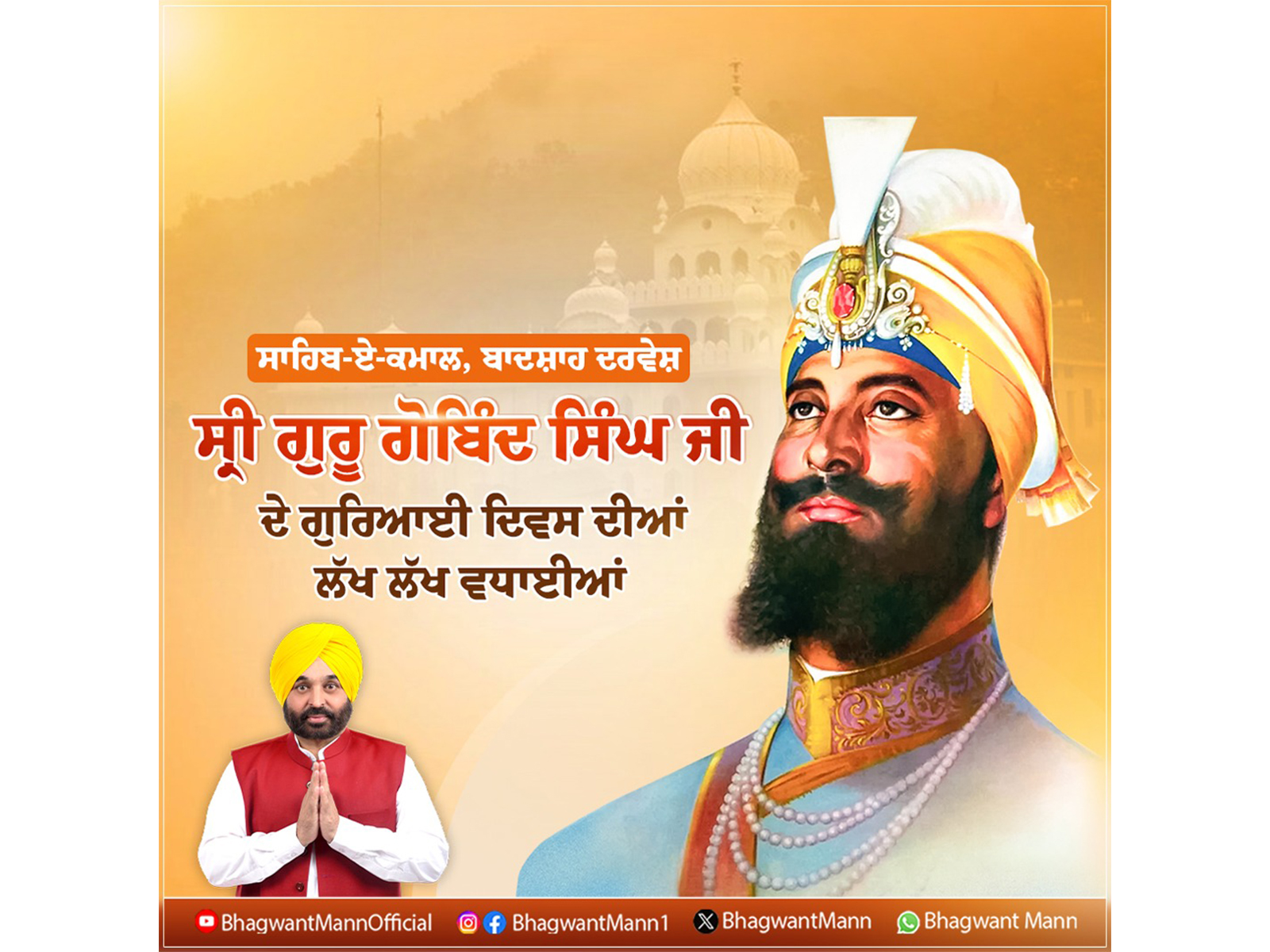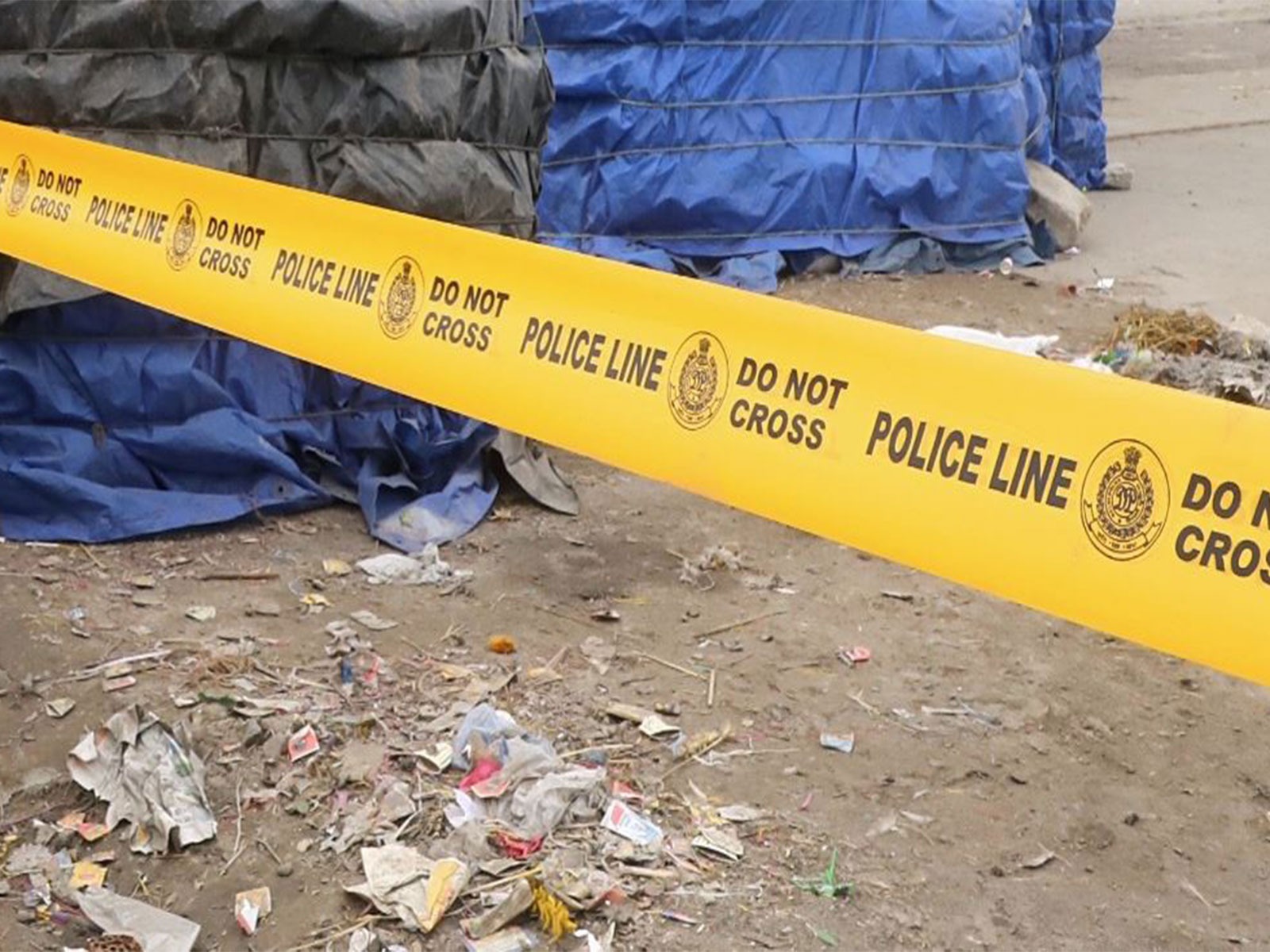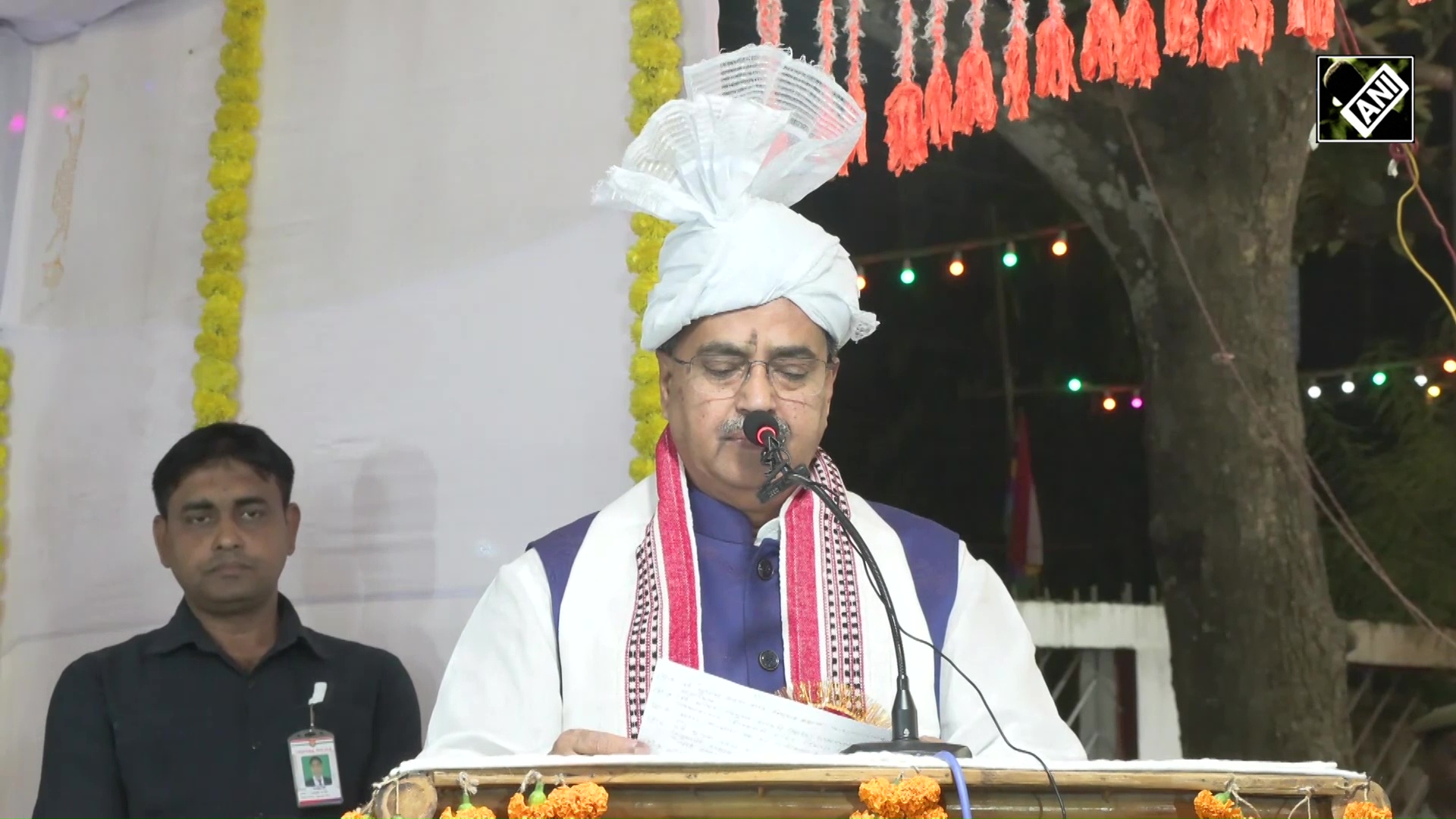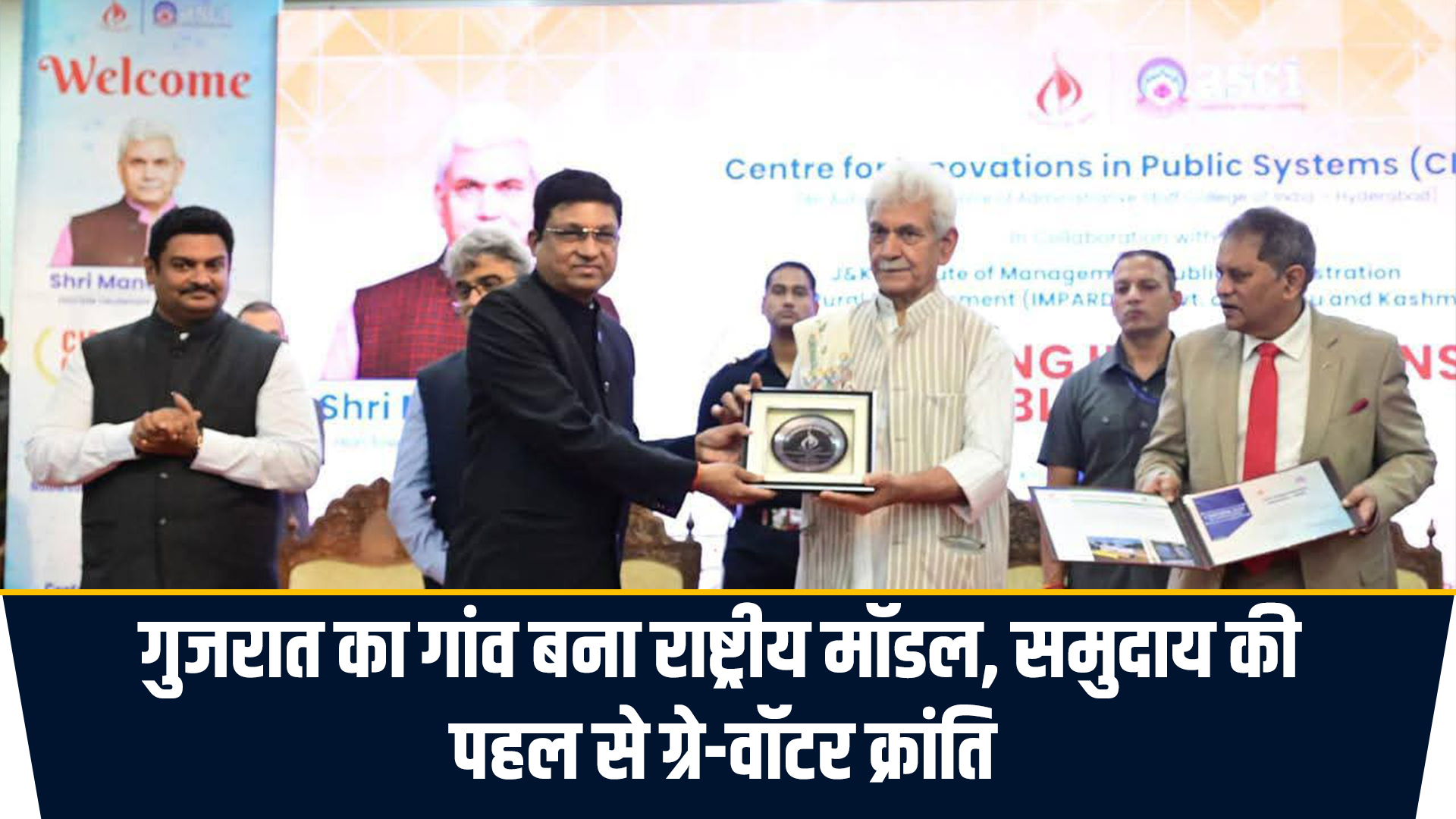Rato Macchindranath Chariot festival starts in Nepal with seating of Red God
May 01, 2022

Lalitpur [Nepal], May 1 : On the basis of astrology, the Rato Macchindranath Chariot festival started in Nepal on Sunday after the "Aajus" or priests carried the Red God to the chariot and seated him.
Chariot procession of Rato Macchendranath also called "BungaDugh" in Newari meaning the God of Rain and Harvest is the longest Jatra in Nepal which continues for months depending on the position of stars.
A 32-foot high chariot of Rato Machhendranath is constructed annually by the Newar community using wooden beams, thumped adjustments to the shrine sanctum without using a single nail. It takes about a week for the community to build it it and it is given final decorative touch-up.
"For the past two years we couldn't observe it in original form but now the condition has eased further that's why we are observing it with fanfare. This chariot procession would ward off disasters or any wrong doings and bad omens. Chariot procession would help on to bring on prosperity, confidence, increase the harvest as well as bring some portion of that yielded crops to offer to the lord because he is the one who provides us with the essentials. That's why Lord Macchindranath also is called the god of grains and harvest," Kamal Raj Bajracharya, the chief priest of Rato Macchindranath told ANI.
Observed in ancient town of Lalitpur, the tall chariot goes round the city after 4 days of the ascension of God. After spending 4 days on the roadside constructed chariot, it is pulled to Ga:Bahaland and is rested for one day. After that it is pulled onto Sundharaand Mangalbazar where it is kept on for one day each.
Then after it is pulled on further to Lagankhel where it is kept for one day. During that time, a day has been separated on for women-only to pull on the chariot and take it to E: thihaand then making astronomical calculations it is pulled onto Jawalakhel.
It might take more days as the priests have to look onto the auspicious times. Sometimes it is holed up there for 10-15 days or even one month or more. After driving it to Jawalakhel and marking on the 'BhotoJatra' attended by head-of-state and then the lord is taken back to Bungmati (an ancient historical town of Lalitpur) and the chariot is dismantled.
Chariot procession of Rato Macchendranath always starts by end of April or early May, but the world health pandemic of Coronavirus pushed back procession multiple times in earlier years. On 2020, the area where the chariot was constructed also turned out to be a battleground as revelers tried to pull the chariot.
According to the lunar calendar, the longest chariot festival of Nepal begins on the 4th day of the bright fortnight of Bachhala, the seventh month in the lunar Nepal Sambat calendar but this year it didn't fall as per the set-out rule.
One of the popular legend states that once Guru Gorakhnath came to the city of Patanand but wasn't acknowledged by people living there. As the commoners didn't offer him food and ignored him, Guru Gorakhnath captured all the serpents and held them captive. As the "Naags" or serpents responsible for the precipitation were held captive by Guru Gorakhnath, Patan experienced a drought.
Advisors of the then, king of Patan Narendea Dev was asked to bring the teacher of Gorakhnath, Lord Macchendranath from Assam. Hearing about teacher's presence in the town, Guru Gorakhnath stood up from his seat letting the serpents loose which brought in rain in the city ending the drought.
Adoring Rato Macchendranath for his feat, locals of Patan started a chariot procession in the city since 897 AD. It is held annually and taken around the city reminding people about his deeds.
Chariot procession of Rato Macchendranath earlier was stalled due to the earthquake of 2015 which went on for nearly half-a-year and the Corona pandemic this year also had invited similar kind of situation. But with the ascension of Lord Macchendranath on Chariot it is expected to go ahead amid the corona scare.
There is a belief residents of Bhaktapur can pull on the chariot to their place and keep the god for 6 months if the procession fails to take place before Dashain, the major fortnight festival observed in Nepal during the month of October.
